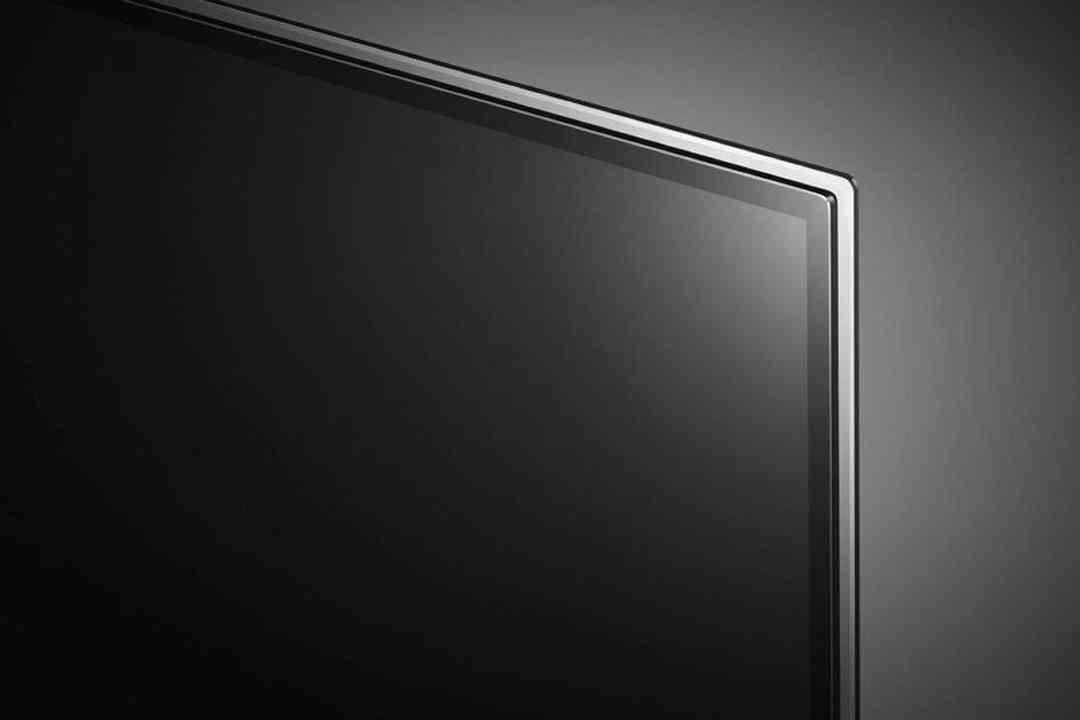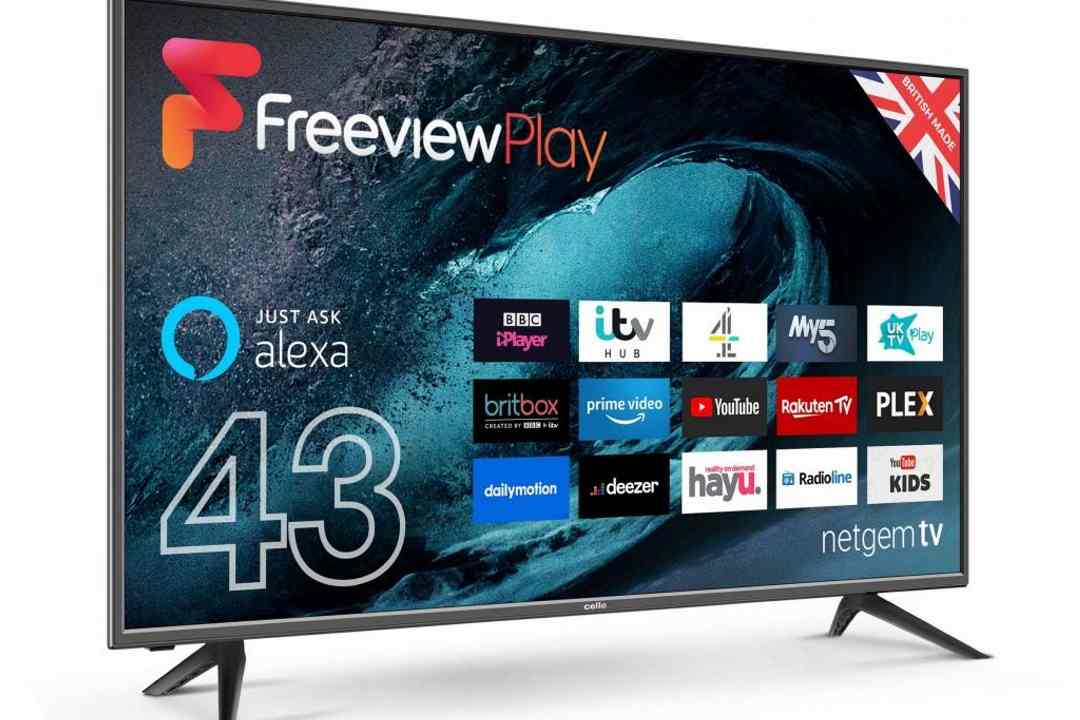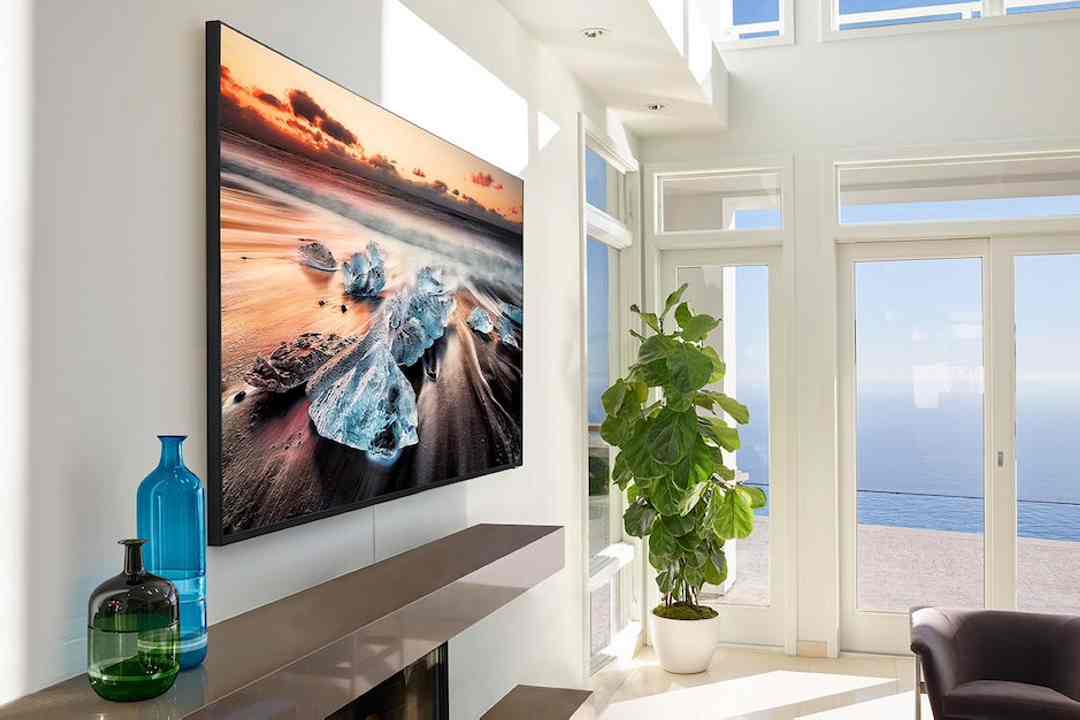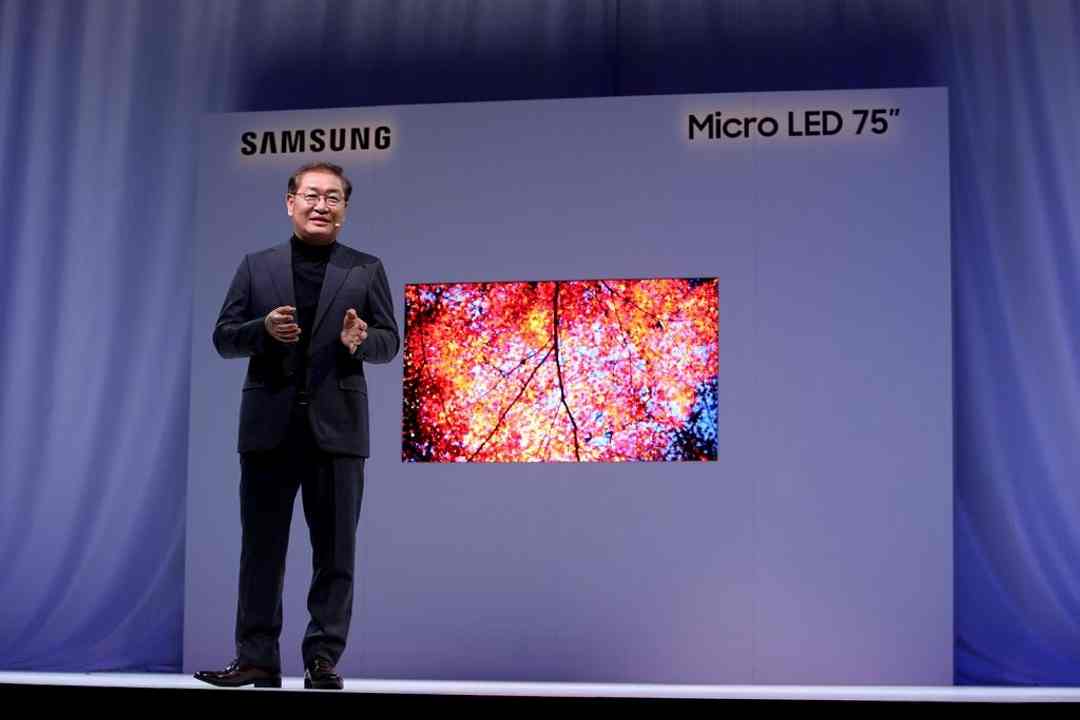
Pros
- Peerless SDR and beautiful HDR picture quality
- Stunning design
- Good sound
Cons
- Some noise at high brightness levels
- Not as bright as the best LCDs
- It’s not cheap!
Key Specifications
- Review Price: £4999.00
- Native 4K OLED screen
- HDR10, Dolby Vision, Technicolor and HLG HDR support
- webOS Smart TV system
- Multimedia playback via USB or DLNA
- Dolby Atmos ‘soundbar’ built in
What is the LG OLED65E7V?
The LG OLED65E7V, part of the LG E7 series, is LG’s first ‘normal’ OLED TV of 2017, arriving hot on the heels of the anything but normal LG OLED65W7V.
But calling it normal is an insult, really. The design, sound and especially picture quality are so good it’s easy to see why many people crave an OLED TV. The LCD vs OLED debate will continue to rage, especially where HDR is concerned, but there’s no doubting the quality on offer here.
LG OLED65E7V – Design and build
The LG E7 gives us an iterative improvement on the design of last year’s E6V series – which pretty much by default makes it one of the most gorgeous TVs of this or any other generation.
For starters, the majority of its rear is still insanely thin – just the width of a slim but rigid sheet of glass, plus an extra millimetre or so for the OLED ‘film’ on the front. The way the glass protrudes a few millimetres beyond the outer edges of the OLED film exaggerates the sense of slimness too, while also looking gorgeous in its own right.
Finally, the built-in soundbar that runs along the LG E7’s bottom edge has been integrated into the design slightly more compactly and tidily than the one attached to the E6 range.
The E7’s desire to deliver decent sound and need to house connections and processors somewhere does mean that the bottom quarter or so of its chassis sticks out at the back a good few centimetres more than the rest. But this does precious little to dent the set’s all-round gorgeousness. Especially given that most normal folk look at the front of their TVs, not the back.
The remote control provided with the E7 feels a little flimsy for something partnering such a gorgeous, premium-looking TV. But it is mostly fun to use thanks to its well-delivered ‘point and click’ approach, and the spinning wheel at its heart for navigating quickly up and down on-screen menus.
LG OLED65E7V – Set Up
Initial set up of the LG E7 is easy enough. LG’s ‘bean bird’ cartoon character guides you through all the key installation steps with a level of efficiency and charm sorely missing from most TV set up procedures.
Getting the best from the TV is a touch tricky, though, for two main reasons. First, while the Cinema picture preset looks a little too dark with high dynamic range content in its default mode, the brighter Standard preset tends to cause too much picture noise for comfort.
Second, as with 2016’s LG OLEDs, you can only shift the TV’s brightness setting up or down a handful of steps if you don’t want the screen’s otherwise awesome black levels to start washing out or losing so much subtle detailing they become hollow and over-dominant.
The combination of these issues left me settling on a ‘best compromise’ solution, where you go for the Cinema preset but shift the brightness up a couple of points.
If you really can’t resist the extra brightness and punch of the Standard picture preset you can use the TV’s noise reduction systems to tackle some of the noise that crops up. But this tends to soften the picture and cause unwanted side effects.
Other set up tips would be that you only use the motion processing on its lowest power setting, or on Custom with the judder and blur reduction settings set to around level three. You could also turn the motion processing off, though things can become a bit too juddery for comfort if you do.
LG OLED65E7V – Features
The simple fact that the LG E7 is an OLED TV will be its biggest attraction for many. After all, every pixel in an OLED TV can make its own light, potentially leading to a far better contrast performance than you can get from externally lit LCD screens.
The OLED65E7V ticks the 4K UHD resolution, high dynamic range and wide colour gamut boxes, as we’d expect of any high-end TV these days. What’s more, it should satisfy the last two of these modern picture quality features better than 2016’s OLED TVs did, thanks to a claimed 20-30% boost in brightness, and the expanded colour performance such a brightness increase makes possible.
Smart features on the OLED65E7V are provided by LG’s exceptionally easy to use WebOS system. Key services supported include Netflix and Amazon in their 4K and HDR incarnations, as well as access to the ‘big four’ UK broadcast catch up services and UKTV Play courtesy of the integrated Freeview Play app.
Sensibly, LG hasn’t tried to make any major changes to WebOS for 2017. There are a couple of useful new features, though: playback of 360 VR clips, where you can move the camera around with a wave of the ‘magic’ remote control, and the facility to map your favourite sources to the remote’s numerical keys for direct, single-button access.
The OLED65E7V is more flexible when it comes to HDR formats than any current rival. As well as the industry standard HDR10 format, it supports Technicolor’s HDR system; the new HLG system developed predominantly for broadcast uses; and the Dolby Vision system, with its layer of dynamic metadata for issuing a TV with scene-by-scene instructions on how best to present the images it’s receiving.
This isn’t Dolby’s only involvement with the OLED65E7V, either. The soundbar attached to the TV’s bottom edge is claimed to deliver Dolby Atmos audio, despite not being accompanied by any rear or ceiling speakers. Frustratingly, though, as with the OLED65W7V the E7Vs can only decode Dolby Atmos from Dolby Digital+ streams, not from Dolby True HD streams. Which means, essentially, that it won’t play Dolby Atmos from Ultra HD Blu-ray discs – even though these are by far the most common source of Dolby Atmos tracks.
How we test televisions
We test every TV we review thoroughly over an extended period of time. We use industry standard tests to compare features properly. We’ll always tell you what we find. We never, ever, accept money to review a product.
Find out more about how we test in our ethics policy.
Used as the main TV for the review period
Tested for more than a week
Tested using industry calibrated tools, discs and with real world use
Tested with broadcast content (HD/SD), video streams and demo discs







